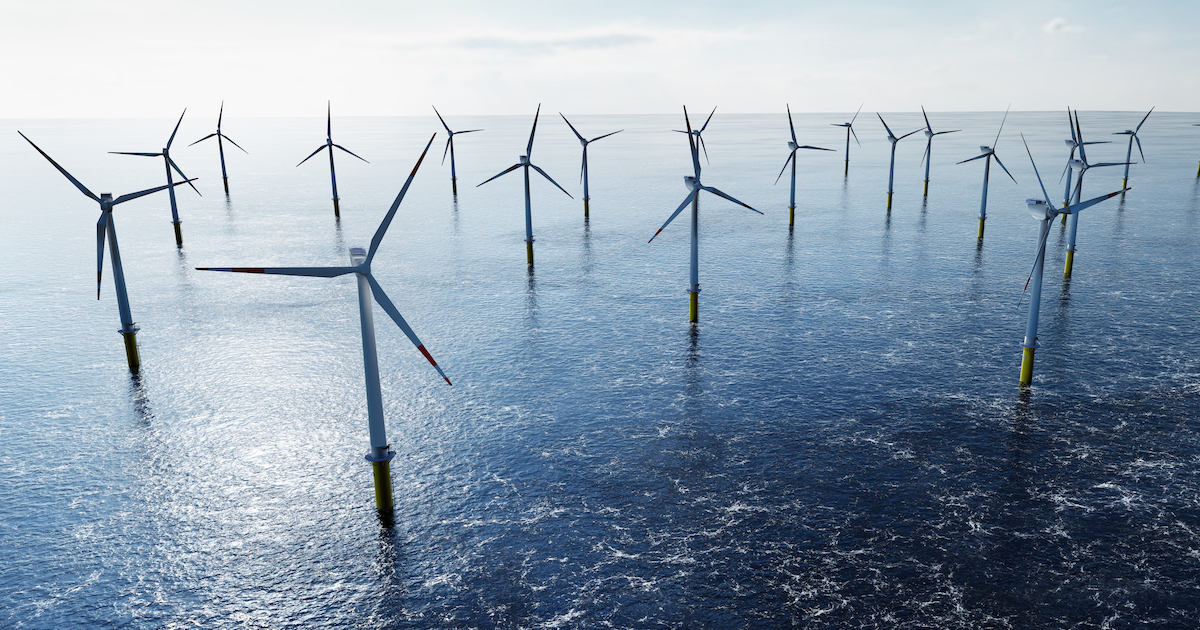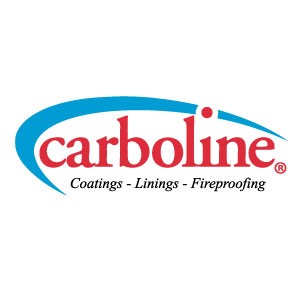
When an extended design life is required, the go-to coating choice for many corrosion protection applications is usually metallisation—commonly referred to as thermal sprayed aluminium (TSA). But is TSA really the best option for protecting offshore wind turbines from corrosion? Or should we rethink how we have historically coated offshore oil and gas assets and instead consider more recent developments in this space?
Until recently, the traditional approach has been to simply default to standards like Norsok M-501 and ISO 12944-9, which offer protective coating guidelines specific to oil and gas assets. For years, it was the norm for metallurgy, cathodic protection, and coating materials design to be addressed across separate disciplines using a plethora of industry standards—all with the hope that it would come together harmoniously if the design life criteria was met.
The newly introduced ISO 24656 standard has instead been designed explicitly for offshore wind turbines. Taking a more holistic approach to corrosion protection, it states that an extended design life can be achieved through systems based on a specific coating.
Of course, there are many factors to consider when designing offshore wind turbine foundations and determining the design life. When it comes to the corrosion protection of these steel structures, methods range from TSA metallisation coatings to a three-coat, zinc-rich system or non-zinc-based coating system.
In this article, we will explore the key differences between these protective coating systems and explore another coating option that has the potential to outperform them all.
Thermal sprayed aluminium coatings
For decades, using a thermal sprayed aluminium (TSA) coatings, along with a sealer topcoat, has been a widely accepted method for achieving corrosion protection over a long design life. Extensive testing and research have been done on the matter across Europe—Norway in particular—and the United States. Yet, there are drawbacks to this method.
For instance, it is widely reported in literature that TSA coatings will provide an economic solution to most installations on a lifecycle cost basis when the design life exceeds 25 years. However, the downsides to using this high-integrity coating are increased capital expenditures and potential schedule delays due to the slow application rate compared to coatings applied by airless spray.
The main disadvantages of TSA coatings include:
- • High initial costs compared to airless spraying given more surface preparation;
- • Costly modification repair work for the additional welded supports or clips;
- • Need for highly trained specialist personnel to apply TSA coatings;
- • Required pre-treatment to SA 3 to achieve high surface roughness/sharpness (which is not always possible in restricted or highly congested areas, ultimately resulting in premature coating disbondment);
- • Development of surface rust when the coating thickness is less than 150 µm;
- • Creation of substantial aluminium and aluminium oxide dust, which can be explosive if not handled properly due to their reactivity and small particle size; and
- • An arduous application process involving heavy equipment and carcinogenic smoke.
Three-coat, zinc-rich systems
When considering ISO 12944-9, three-coat, zinc-rich systems are generally deemed suitable for long-term atmospheric exposure in offshore environments. With the ability to be readily spray applied on site, zinc-rich coatings are tried-and-tested paint systems that have been successfully utilised for the past 30 years and will continue to be used for the foreseeable future. However, three-coat, zinc-rich systems are not typically a consideration when it comes to the corrosion protection for the immersion service required by offshore wind turbine foundations.
Non-zinc-based coatings systems
Typically a two-coat system, aluminium-pigmented epoxies are the preferred choice when it comes to non-zinc-based coating systems. In fact, they pass the stringent requirements of ISO 12944-9 and achieve pre-qualification for both systems 1 and 7 of Norsok M501.
Through the utilisation of just one coating type, aluminium-pigmented epoxies allow for a simpler approach to painting applications. Other benefits include:
- • Use as an all-in-one primer/finish system;
- • High-build, anti-corrosive properties in severe atmospheric environments;
- • Ability to be used as a maintenance primer system for a range of surfaces;
- • Cost competitiveness when compared to other coating systems;
- • Compatibility with cathodic protection systems; and
- • Ability to be applied by spray, brush, or roller techniques.
But are there other non-zinc-based coating systems outside of aluminium-pigmented epoxies that can offer at least the same, or even greater, benefits?
If we consider recent trends in the traditional offshore market and the anticipated revision 7 of Norsok, the recommendation is to use high-build epoxies or polyesters for submersed and atmospheric environments. This trend has been embraced by the authors of ISO 24656, who suggest that Norsok pre-qualification is unsuitable for the standard's most corrosive category—V(5). However, the coating for this category must be a high-build, glass-flake epoxy or polyester material that contains at least 20% non-micronized glass flake.
This approach is based on many factors, such as SN curves and, in particular, D/T ratios that dictate the wall thickness of the steel structure before factoring in corrosion allowance. Plus, ISO 24656 explicitly states that high-build epoxy/polyester systems must meet the coating breakdown factors required for the extended design life of tubular structures without the need for increasing corrosion allowances. In other words, coat the structure with the right product and then design the cathodic protection system with that coating in mind.
One such coating that fits the bill is Carboglas 1601 SG, a highly durable cladding that features chemically fused, glass-flake reinforcement in a highly cross-linked polyester matrix. This formulation results in an incredibly strong, non-penetrable barrier from water and other corrosives like mineral/organic acids, bleach solutions, and free chlorine. Carboglas 1601 SG meets all of these requirements—from high-build polyester material and minimum glass flake content to coating breakdown factors and even a demonstrable track record to boot.

